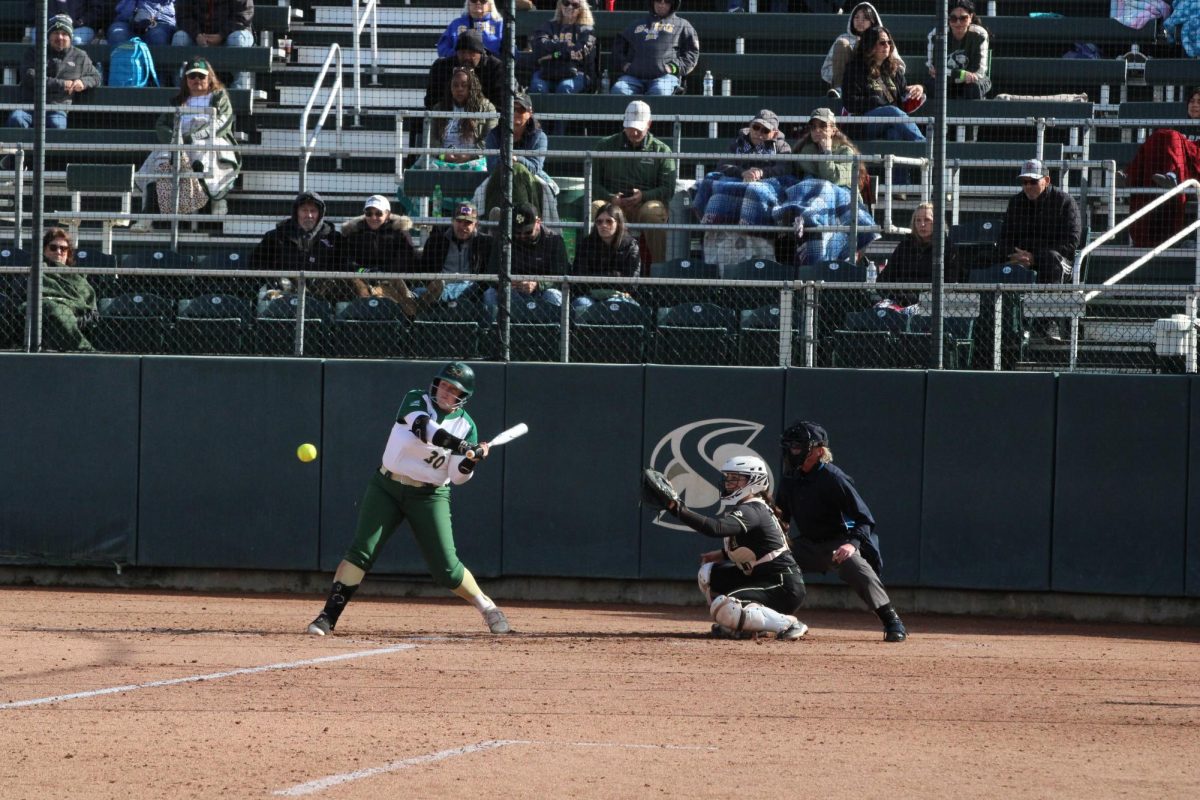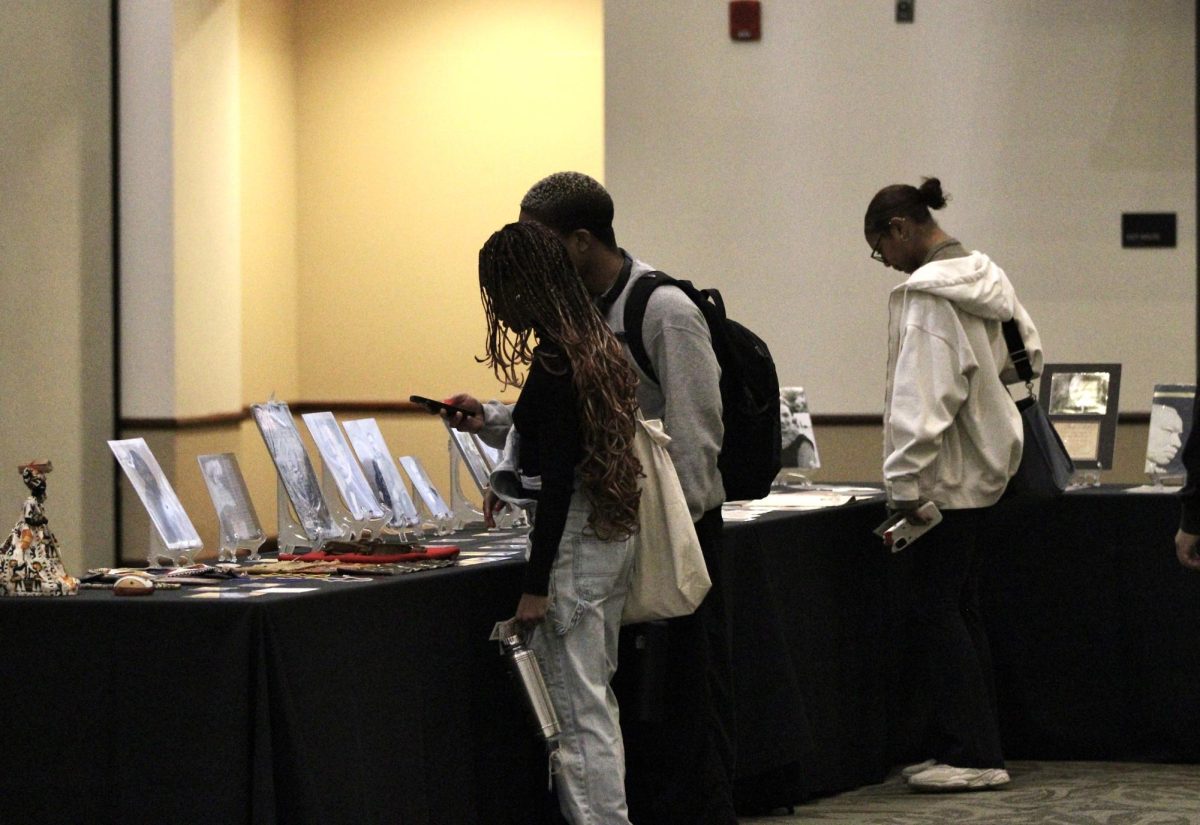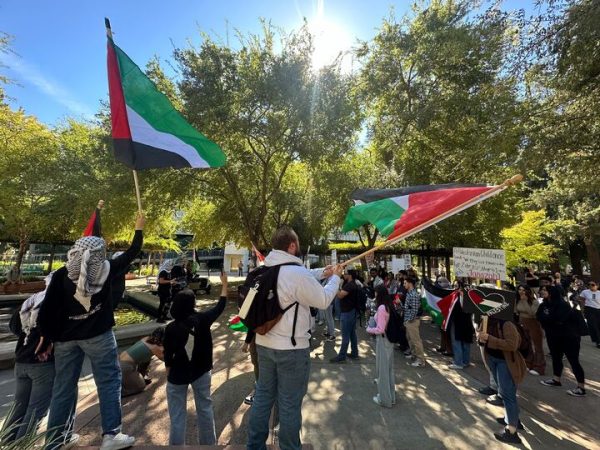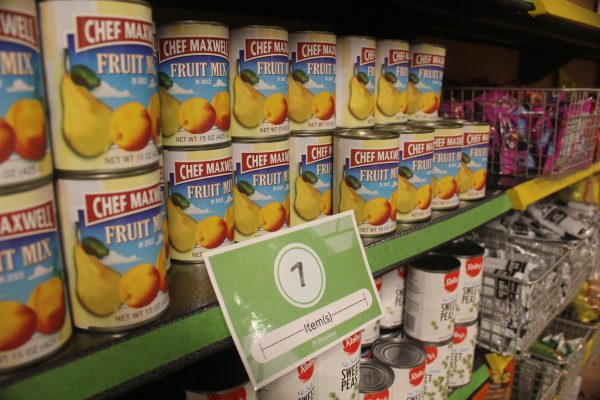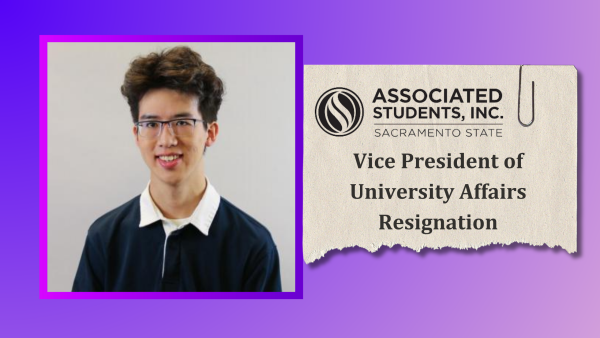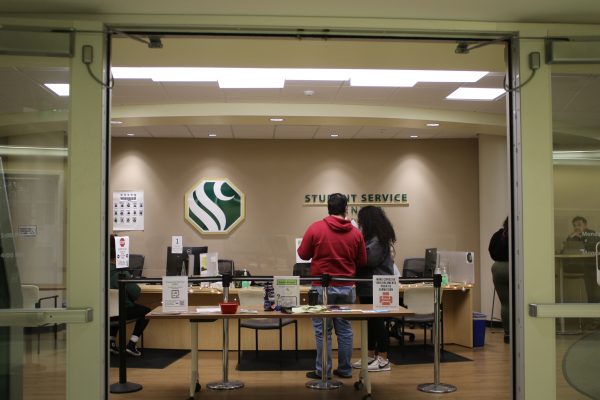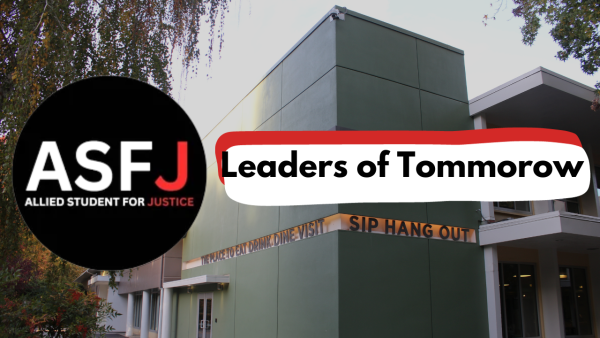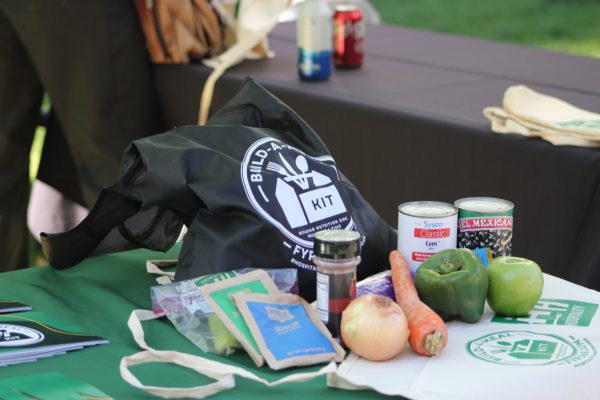Green efforts help meet CSU goals ahead of time
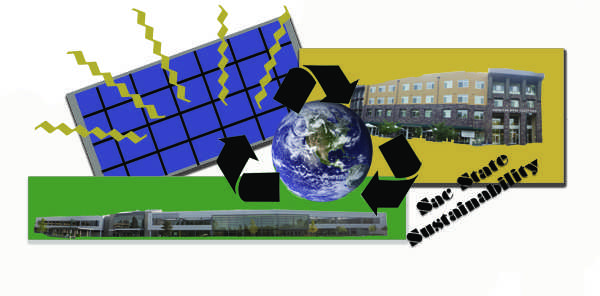
September 14, 2011
The California State University system has been re-engineered to surpass its 2014 energy generation goals ahead of schedule, according to the CSU Chancellor’s Office Sustainability Report.
The report projects that the CSU system will exceed the Board of Trustees’ 10 megawatt goal for solar power generation with a total of 11.5 megawatts at the end of 2012. One megawatt is enough to power 1,000 homes, according to the report.
Executive Order 987 was mandated five years ago as a policy statement on energy conservation and sustainable building practices at every California State University. The policy planned for a total of 50 megawatts of system-wide on-site generation by 2014, or enough to power 50,000 homes.
“The biggest contributor to reaching 2014 goals was the more economical approach of contracting developers to install and maintain (energy) systems,” said Facilities Services Director Linda Hafar.
Hafar estimated Sac State will produce 0.6 megawatts, or 600 kilowatts, for the system energy grid.
Hafar said Facilities Services participated with the CSU Chancellor’s Office to hire third-party contractors to install solar panels on the following buildings: American River Courtyard, The Well, Parking Structure III and Library II.
“Already short-staffed departments are not burdened with the additional work of maintenance, since hired experts can quickly diagnose and repair them,” said Hafar, also a member of Sac State’s Campus Sustainability Steering Committee.
Hafar said solar electric rates are absolutely competitive with current rates for traditionally generated or “dirty” greenhouse gas producing power, based on the bids last month.
The developers will bear initial costs while receiving financial incentives from the federal government, and public taxes collected from utility bills, she said.
“Sac State will purchase the power generated while a third party will own and maintain the panels. Their price per kilowatt hour, the quantity delivered and services are some of the factors which will determine a selection,” Hafar said.
Hafar said the bidding process is still under evaluation while space is limited to the buildings selected. Each CSU campus will participate to the extent roof space or land is available, Hafar said.
The new sustainability policy is still in draft form and not yet available for public review, Hafar said.
“We could throw all of our weight behind recycling, but the academic field may feel slighted. We could focus on Leadership in Energy and Environmental Design (LEED) building, retrofitting and certification, but then the recycling effort would feel neglected,” said Hunter Merritt, a recent Sac State graduate. Merritt is community liaison for Sac State’s Sustainability Committee.
“Our next phase is in balancing our efforts towards a greener campus and showing what we’re doing to other campuses,” Merritt said.
Merritt said the committee has matured from establishing a baseline of sustainability efforts to actually creating them.
“CSUS is moving in a good direction,” said Karen Hansen, associate professor of civil engineering and construction management. “The Capital Projects groups are requiring new construction to meet LEED standards. American River Courtyard and Well are prime examples.”
The CSU Capital Projects groups, guided by the CSU Chancellor’s Office, assist in commissioning building systems according to campus objectives and operational needs.
“Many existing buildings are being retrofitted with more energy efficient systems, a car sharing program is being implemented, and the campus’s storm and wastewater management has adopted low-impact development techniques.
These are just a few of the many initiatives underway,” Hansen said.
Hansen also said integrating sustainability into the curriculum is an area that still needs attention. Next spring, Hansen said she plans to research how sustainability is integrated into the curriculum in British universities.
“The United Kingdom has recognized the need for sustainability for many years. This has led to the inclusion of sustainability into the curriculum at the university level in numerous disciplines,” Hansen said. “It’s really not just the domain of specialists. After all, one of the main principles of sustainability is systems thinking.”
Hansen created and teaches Sustainable Design and Construction, and has previously served on the Sustainability Committee.
“This is a very important next step,” Merritt said. “Biology teachers will teach aspects that engineering will not. Every discipline has its own way of teaching. Making sustainability a priority in the language of education is one of the many accomplishments we’re trying to track.”
Merritt teaches Perspectives on Leisure this semester in the Recreation, Parks and Tourism Administration department. He encourages volunteering and involvement with the
Environmental Student Organization or Field Biology Group as one way students and staff can get involved.
The Sustainability Committee’s next quarterly meeting is scheduled for 2 to 4 p.m. Friday in the River Front Center.
Poul Larsen can be reached at [email protected]


























































